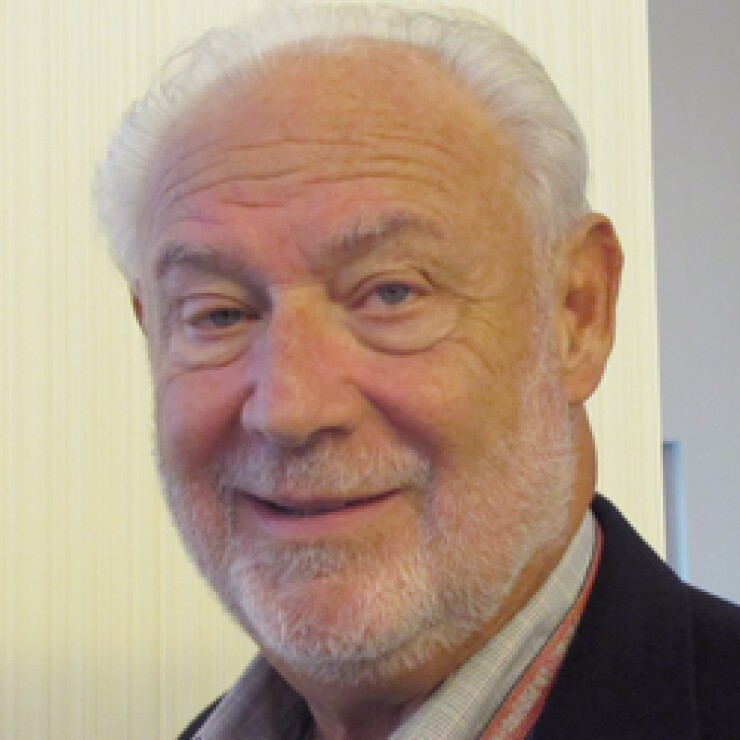
Homebuyers may be missing out on a wide range of programs that can help them afford their purchases — programs their agents either don't know about or don't want to bother with.
They go under the heading of "down payment assistance," which makes it seem as though they are strictly for low- and moderate-income buyers, or those buying their first homes. But that's hardly the case.
Most of the more than 2,300 government, municipal and nonprofit programs that are available nationwide have some kind of income and/or sales price limitations, according to Rob Chrane of Down Payment Resource, an online database that makes it easy for buyers to find and understand what's available.
But in certain high-cost markets, the income ceiling can exceed 180% of the median income for the area. And 36% don't include a first-time buyer requirement.
Even with income limits, benefits can range from a few thousand dollars to tens of thousands. In Miami-Dade County, for example, the 39 assistance programs currently available range in benefits from $3,000 to $100,000, according to Chrane.
In Chicago, a family of three to six people earning up to $80,000 has access to 11 different programs, including a $2,000/year federal income tax credit for the life of the mortgage, a grant of 3% of the loan amount to use to cover a down payment and closing costs, or an interest-free loan of $5,000 to use as part of the down payment and closing costs.
In Sarasota, Fla., a three-person household with a veteran or military applicant making $50,000 a year and buying a $175,00 house has access to 14 programs, including a two-for-one matching grant up to $5,000 for a down payment and closing costs, a below-market-rate mortgage and a tax credit.
And in San Francisco, a couple — one person a police officer and the other a teacher, with a combined income of up to $125,000 annually — has access to five programs, including a "silent" second mortgage for 3% of the loan amount plus $6,500 in down payment and closing cost assistance, and a deferred, zero-interest 30-year loan for up to $200,000 in down payment and closing cost help.
Nationally, the average down payment benefit is $7,333, according to the latest count. And across all 2,359 programs now available, the average benefit of any kind, not limited to down payment assistance, is $22,138.
Chrane, a longtime real estate and mortgage professional, started building his database in 2007 when his employer, HomeBanc Mortgage, shut down at the beginning of the housing debacle.
He learned about assistance programs at NationsBanc, where he worked previously and where loan officers were required to reach out to low-income buyers. At HomeBanc, on the other hand, Chrane says "almost nobody" worked with eligible purchasers on a regular basis, so loan officers tended not to bother to learn what was available.
He also found that the same is true with realty agents, who tend to work their own particular niches. Moreover, many of the programs' parameters are constantly changing, which makes them complicated and difficult to follow.
"The biggest problem with assistance programs is awareness," says Chrane. "You might not qualify, but you ought to at least look."
It took Chrane several months to "get clarity" about what he was about to wrap his arms around, he says, and more than a half-dozen years to aggregate the details of the thousands of assistance programs into a database that consumers, as well as real estate agents and loan officers, can access.
"It can be overwhelming to find all the possibilities that may work," Chrane says. "Just as we would advise buyers to get prequalified for financing, we also recommend that they determine if there are any ownership programs that fit their personal situations."
The search engine (downpaymentresource.com) tracks programs from 1,250 housing agencies, a little more than a third of which do not include a first-time buyer requirement. The site not only matches buyers to the programs that are available to them but also flags houses listed for sale that are eligible for them to purchase.
All programs are available for single-family houses, including townhouses and condominium apartments; under 17% of the assistance programs, two- to four-unit properties are also eligible. In many cases, the programs can be combined with each other and used with all types of loans, including those backed by Uncle Sam.
Nearly 15% of programs are aimed specifically at veterans, first responders, educators, persons with disabilities or other special circumstances.
Some 71% of the programs currently listed in the database offer help with down payments and closing costs. They include grants — which need not be paid back — and no-interest or low-interest second mortgages with payments that may be deferred or forgiven. There are also neighborhood stabilization programs aimed at revitalizing communities hit hard by foreclosures or unemployment.
Lew Sichelman is an independent journalist who has been covering the housing and mortgage markets for more than 40 years.





